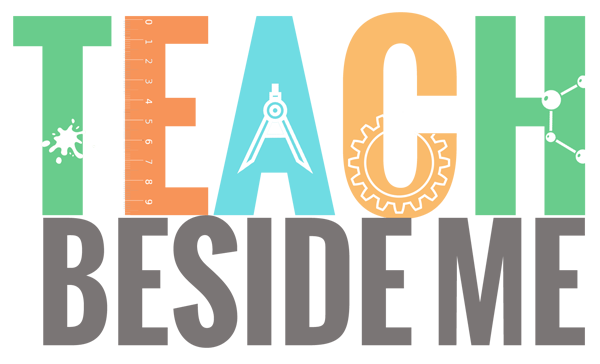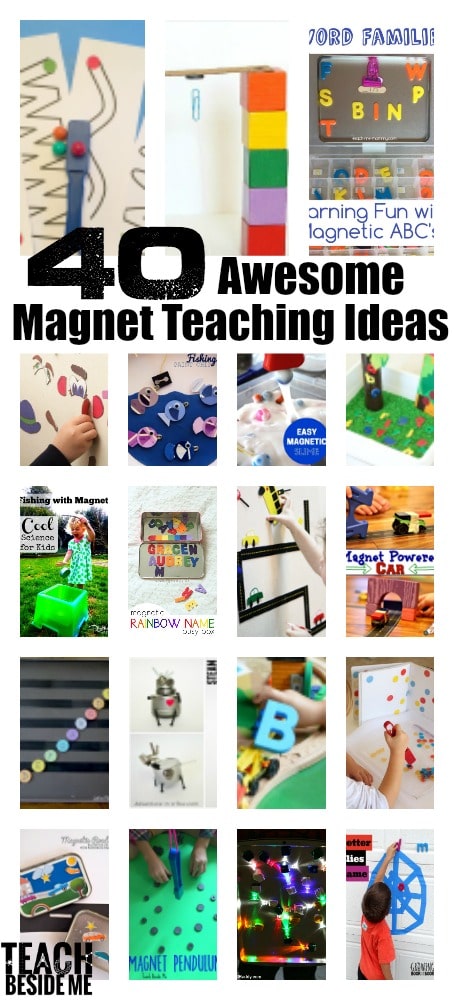Self Inflating Balloon: Baking Soda and Vinegar Balloon Experiment
This post may contain affiliate links.
Have you ever tried the baking soda and vinegar balloon experiment? This classic science experiment is really one of my favorites. It is an easy science experiment to do and it really is exciting to watch. It creates a self-inflating balloon that kids think is the coolest!
The reaction between the baking soda and vinegar cause the balloon to inflate all on its own! It is a show-stopper experiment for kids.
(See more of my STEM projects for kids.)
How to Do the Baking Soda and Vinegar Balloon Experiment:
Supplies You Will Need for this Simple Science Experiment:
Plastic empty water bottle or soda bottles, cleaned out
Large Balloon
White Vinegar (acetic acid)
Baking Soda (or sodium bicarbonate)
Small Funnel
Spoon
TIP: Before starting the experiment, you will want to stretch out the balloon to make it more loose and easier to inflate.
Step 1- Pour 1-2 spoonfuls of baking soda into the opening of the balloon, using a funnel. You’ll need to shake it a bit to get it down into the base of the balloon.
Step 2- Use the funnel again and pour some vinegar into the empty plastic bottle until it is about an inch or two deep- maybe a few tablespoons of vinegar. Exact amounts do not matter. Add a few drops of food coloring to change it up if you want- totally unnecessary.
Step 3- Carefully stretch the opening of the balloon around the mouth of the bottle leaving it hanging down until you are ready for the reaction.
TIP: Don’t let any of the baking soda dump into the bottom of the bottle while attaching it.
Step 4- When you are ready to see the chemical reaction happen, lift up the balloon allowing the baking soda to fall down into the bottle.
This is when the fun starts! Baking soda and vinegar mix to create an awesome chemical reaction. The gas from combining the two will escape as bubbles of carbon dioxide gas that cause the balloon to inflate. It’s impressive. The more gas there is created, the larger the balloon will get.
Your kids, if they are anything like mine, will beg to do the experiment again, then 10 more times! This is really a perfect science project for kids to try on their own.
If you do repeat it, you will need fresh vinegar in the bottle. Once a reaction happens, it is not quite so strong the second time through. The balloon does not usually inflate again unless the vinegar is fresh.My kids were amazed and wanted to do it again and again and again. Stock up on baking soda and vinegar if you are planning this one! Luckily they are both quite inexpensive.
(It’s a good thing they are both so cheap!)
The Science Behind It: Why the Baking Soda and Vinegar Reaction Works?
When the baking soda and vinegar reaction happens, it is an acid-base reaction. Vinegar is the acid and baking soda is the base. This reaction between the two causes a gas called carbon dioxide to bubble and foam. This gas having nowhere else to go, expands the balloon making the self-inflating balloon happen.
Here is the chemical equation behind it: Baking soda + vinegar — yields carbon dioxide + water + sodium ion + acetate ion There is more to it than that, but that’s the basic explanation.
Try some variations to see if other reactions work:
Will baking powder work instead of baking soda?
Would lemon juice work instead of vinegar?
Could you do the same thing with an alka-seltzer tablet and soft drinks?
Use the scientific method to investigate different variations on this experiment to see how they work.
Want More Baking Soda and Vinegar Experiments?
We love the carbon dioxide reactions that these two substances create.
Check out these other ones we have done:
Film Canister Rocket Experiment
How to Make a Volcano experiment! (This one is fun because when the eruption occurs, the carbon dioxide bubbles pour over like lava!










What a great idea! I can’t believe I haven’t heard of this experiment. My girls are 12 and 11 and still love doing at home science projects. Although they use Time4Learning science curriculum it is always fun to do your own.
Thanks for the idea!
Awesome! I’m making a list of simple, fun experiments to do this summer, and I’m adding this one to it! We don’t seem to get to these types of experiments during the regular school year! Stopping by from HHH and new follower! Thanks for sharing your experiment!
Jessy
My boys loved this experiment too. 🙂
I do experiments with 4 year old grandson, he loves this one.
We did the volcano as well and now he explains what happens to everyone he
wants to show it too.
Thank you for sharing, it is fun teaching when the things work as well as yours.
fantastic from a grammy
Nice , it is possible to send easy experiments for kids with the help of video